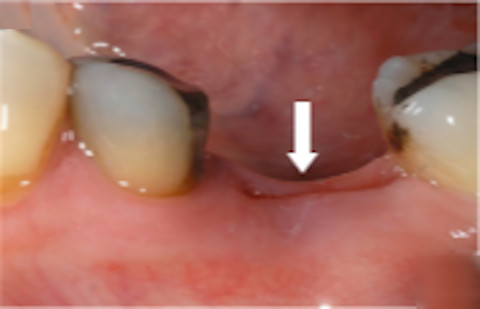Studies have shown that the reduction in ridge dimensions is three-dimensional
Decrease in ridge height
author: Nikos Mardas | publisher: drg. Andreas Tjandra, Sp. Perio, FISID

Studies utilizing clinical or cast model measurements have shown that the reduction in ridge dimensions is three-dimensional, but it is greater along the buccal surface than along the lingual or palatal surfaces. Changes in bone height are usually moderate. For example, Schropp and colleagues observed that, after 12 months of healing, the height of the buccal bone plate was 1.2 mm apical to its lingual or palatal counterpart. On the contrary, the width of the alveolar ridge in single-rooted teeth will be decreased approximately by 50%, and two-thirds of this reduction will occur within the first 3 months after tooth extraction.
Serial posts:
- Ridge alterations following tooth extraction
- Reduction in alveolar ridge characterizes alveolar atrophy
- Factors influence tissue atrophy
- Decrease in ridge height
- Decrease in ridge width
- Dimensional change in alveolar bone
- Mean width reduction
- Mean height reduction
- Radiographic height reduction
- Ridge alterations: 1 week
- Ridge alterations: 2 week
- Ridge alterations: 4 week
- Ridge alterations: 8 week
- Buccal wall
- Factors influencing post-extraction ridge atrophy